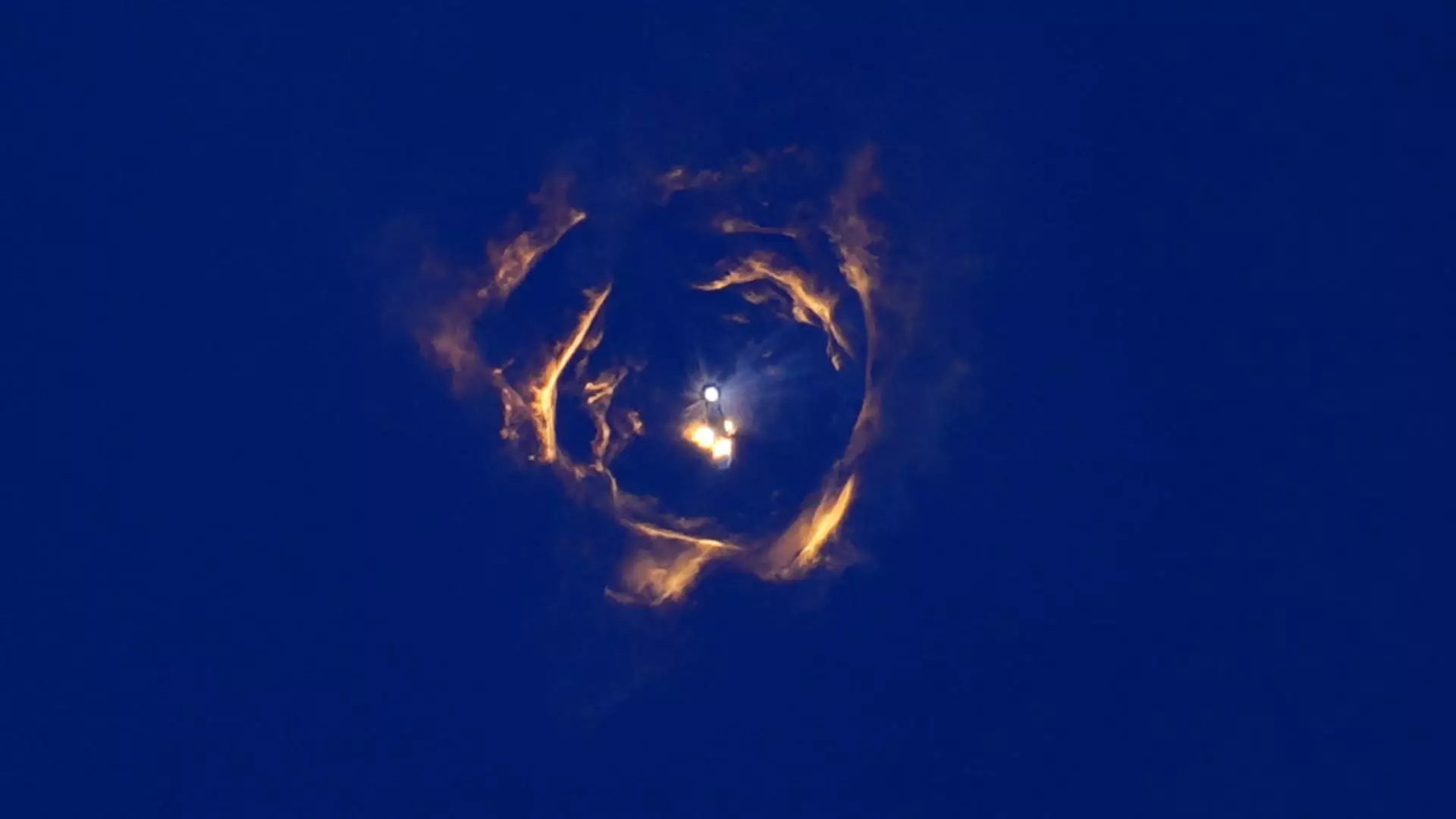On an otherwise typical Thursday afternoon, the aerospace industry witnessed an unsettling incident as SpaceX’s Starship rocket experienced a breakup during its seventh flight test. The event, which unfolded shortly after 5:30 PM ET, had immediate ramifications that rippled across the commercial aviation sector. Flight-tracking platforms, such as Flightradar24, reported numerous delays and diversions affecting flights traversing the airspace around Brownsville, Texas, where the rocket was launched.
The FAA’s Response to Potential Danger
In light of the breaking news, the Federal Aviation Administration (FAA) took swift action to prioritize safety. They issued a temporary warning to pilots, designating areas as “dangerous” due to the falling debris. This included the strategic diversion of commercial flights, ensuring a safe distance from the debris field. Such actions, while crucial for the immediate safety of passengers and crew members, reflect the inherent risks associated with spaceflight in proximity to heavily trafficked airspaces, like those around Florida. The FAA spokesperson confirmed that there were no reports of injuries or property damage, which indicates that, while the threat was significant enough to warrant drastic steps, the outcome could have been much worse.
The impact on commercial aviation was significant. A JetBlue Airways flight, originally headed from Fort Lauderdale to San Juan, had to turn back nearly two hours into its journey. This disruption did not occur in isolation. Reports indicated that a wide array of aircraft, including Spirit Airlines and a FedEx cargo jet, adjusted their flight paths in response to the potential hazards in the region. The confluence of multiple flights needing to alter their trajectories can create a cascading effect on air traffic, further complicating the operations of air traffic control.
In a statement made through its social media platform X, SpaceX noted its intention to analyze the data gathered from the flight test to identify the underlying causes of the malfunction. These evaluations are imperative not only for the company’s future missions but also for maintaining public and regulatory trust as they venture deeper into reusable rocket technologies and deeper space explorations. The incident underscores the delicate balance between innovation in space travel and the safe integration of these advancements with existing air traffic systems.
The incident involving SpaceX’s Starship serves as a stark reminder of the challenges facing the intersection of commercial aviation and space exploration. As the aerospace industry continues to evolve, strategies must be devised to minimize disruptions in civilian airspace when such events occur. Clear communication and robust regulatory frameworks are essential to ensure that space travel does not inhibit the workings of traditional aviation. The path to a future where space missions and commercial flights coexist safely is fraught with challenges, but with careful management and collaborative efforts, it is undoubtedly achievable.


Leave a Reply